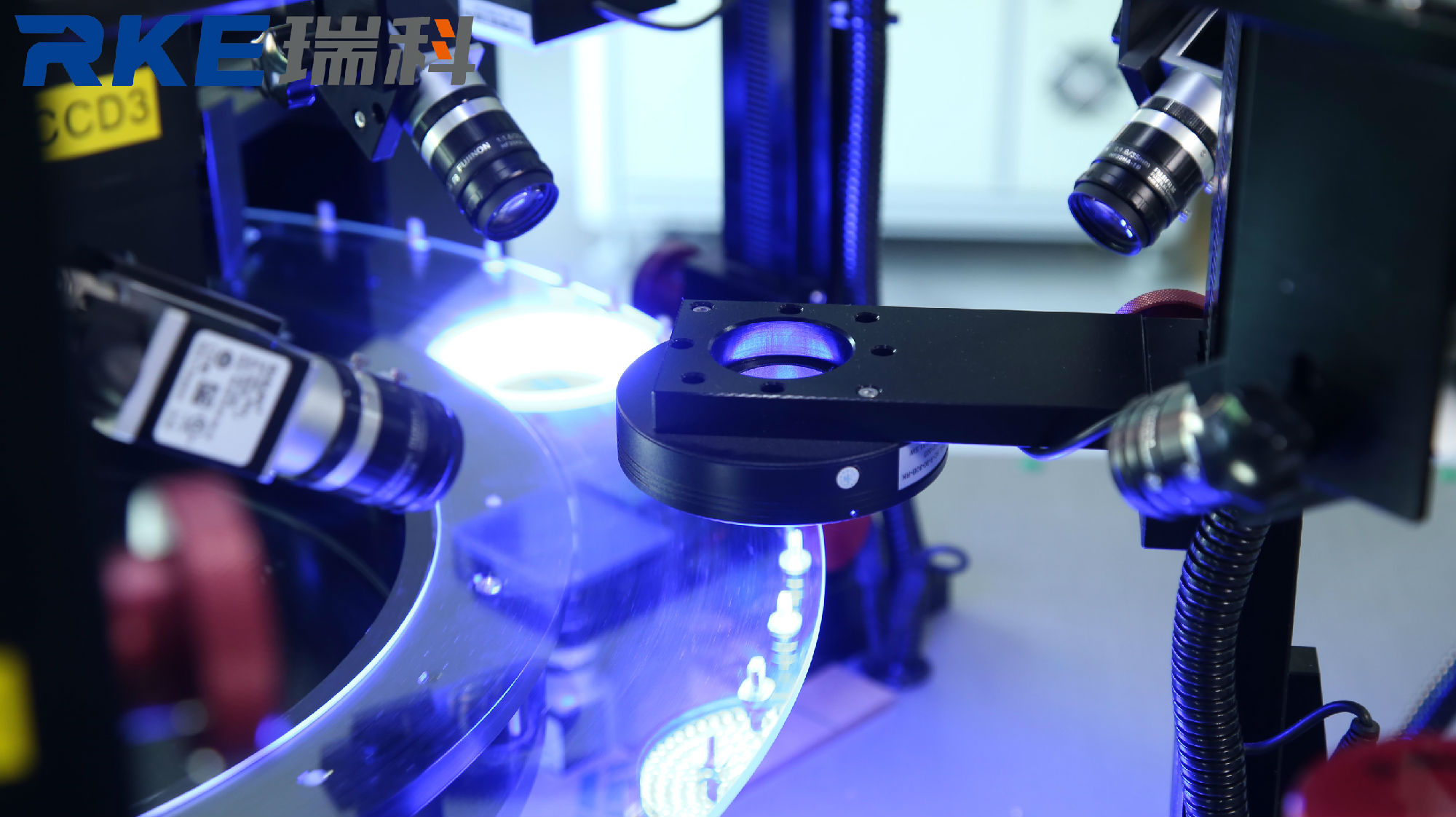Difference between CCD and CMOS Camera
Difference between CCD and CMOS Camera
1. Imaging process
The principle of photoelectric conversion between CMOS and CCD image sensor is similar, and their main distinction is that the signal readout process is different. The consistency of CCD signal output is very good with only one (or a few) output nodes. In CMOS chip, its signal output consistency is poor beause each pixel has its own signal amplifier performing charge voltage conversion.
However, in order to read out the whole image signal, CCD requires a wide signal bandwidth of the output amplifier. In CMOS chip, the bandwidth of the amplifier in each pixel is smaller, which greatly reduces the power consumption of the chip. This is the main reason why the power consumption of CMOS chip is lower than that of CCD. Although the power consumption is reduced, the inconsistency of millions of amplifiers brings higher fixed noise, which is the disadvantage of CMOS compared with CCD.
2. Integration
From the perspective of manufacturing process, the circuits and devices in CCD are integrated on semiconductor single crystal materials, and the process is complex. Only a few manufacturers in the world can produce CCD wafers, such as DALSA, Sony, Panasonic, etc. CCD can only output analog electrical signals, which requires subsequent address decoder, analog converter and image signal processor. In addition, it also needs to provide three groups of power supply synchronous clock control circuits with different voltages, with very low integration.
CMOS is integrated on the plate monomer material called metal oxide. This process is the same as that of producing tens of thousands of semiconductor integrated circuits such as computer chips and storage devices. Therefore, the cost of sound field CMOS is much lower than that of CCD. At the same time, CMOS chip can integrate image signal amplifier, signal reading circuit, A/ D conversion circuit, image signal processor and controller into one chip. Only one chip can realize all the basic functions of the camera, with a high degree of integration. The concept of chip level camera comes from this. With the continuous development of CMOS imaging technology, more and more companies can provide high-quality CMOS imaging chips, including micron, CMOS, cypress, etc.
3. Speed
In terms of speed, CCD adopts photosensitive output one by one, which can only be output according to the specified program, and the speed is slow.
CMOS has multiple charge voltage converters and row column switch control, and the readout speed is much faster. At present, most high-speed cameras above 500fps are CMOS cameras. In addition, the address strobe switch of CMOS can sample randomly to realize sub window output, and higher speed can be obtained when only sub window images are output.
4. Noise
Due to the early development and maturity of CCD technology, PN junction or silica (SiO2) isolation layer is used to isolate noise, and the imaging quality has certain advantages over CMOS photoelectric sensor. Due to the high integration of CMOS image sensor, the distance between components and circuits is very close, the interference is serious, and the noise has a great impact on the image quality. In recent years, with the continuous development of CMOS circuit noise reduction technology, it provides good conditions for the production of high-density and high-quality CMOS image sensors.
5. Imaging principle
CMOS (complementary metal oxide semiconductor) plays an important role in the semiconductor technology of microprocessor, flash memory and special purpose integrated circuit (ASIC). CMOS, like CCD, is a semiconductor that can be used to sense the change of light. CMOS is mainly a semiconductor made of silicon and germanium, which realizes the basic functions through the negatively charged and positively charged transistors on CMOS. The current generated by these two complementary effects can be recorded and interpreted into an image by the processing chip.
CMOS has a relatively simple structure and the same production process as the existing large-scale integrated circuit, so the production cost can be reduced. In principle, CMOS signal is a charge signal in the unit of point, while CCD is a current signal in the unit of behavior. The former is more sensitive, faster and more power-saving. At present, high-quality CMOS is not worse than ordinary CCD, but at present, the development of CMOS technology is not mature. This high-quality CMOS is only applied to professional digital cameras. Many low-grade entry-level digital cameras use cheap and low-grade CMOS, and its imaging quality is relatively poor. One of the disadvantages is that it is too prone to noise, which is mainly because the early design makes CMOS overheat due to too frequent current changes when processing rapidly changing images.
Therefore, if you buy a consumer digital camera, you still have to choose CCD as the image sensor.


